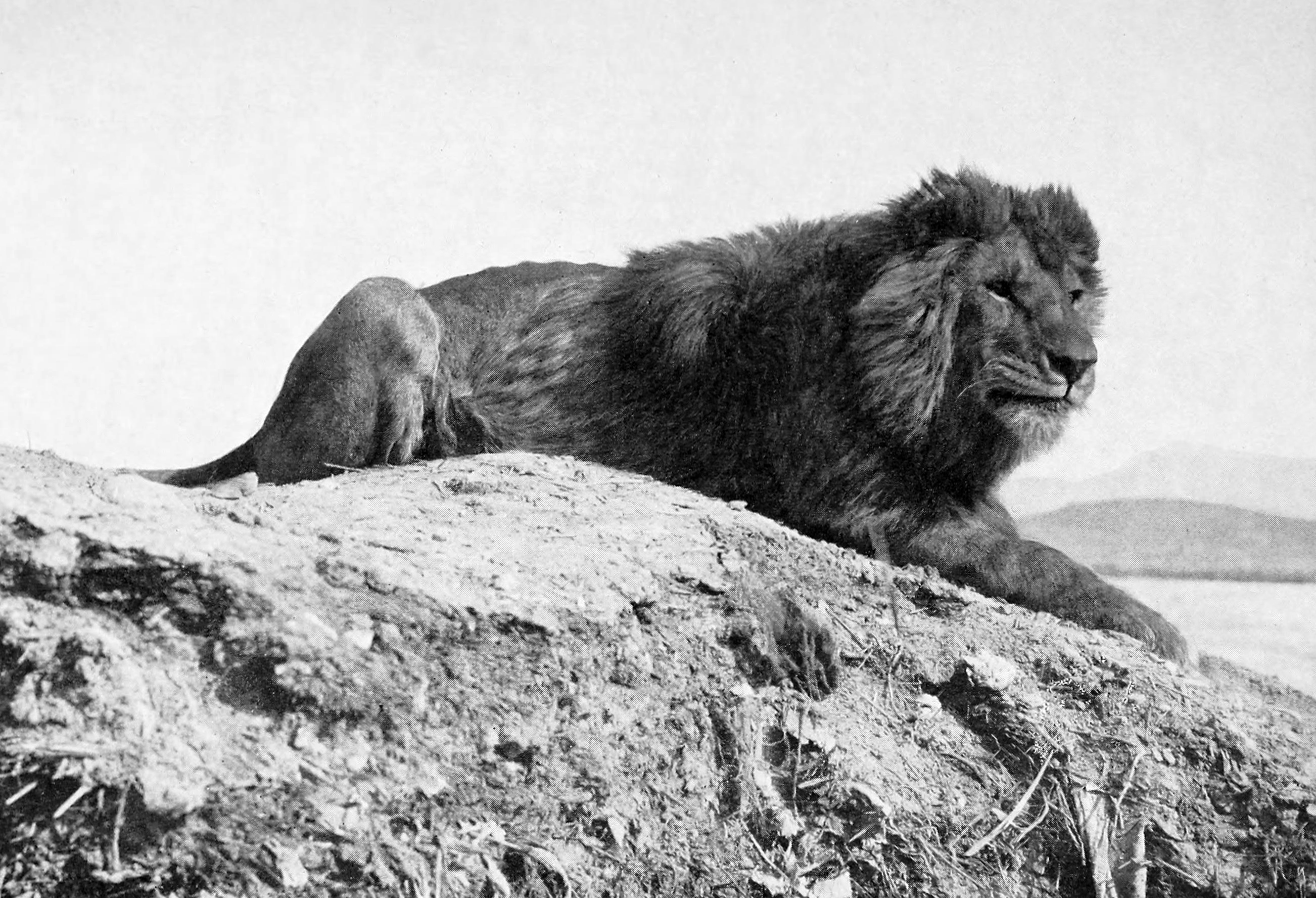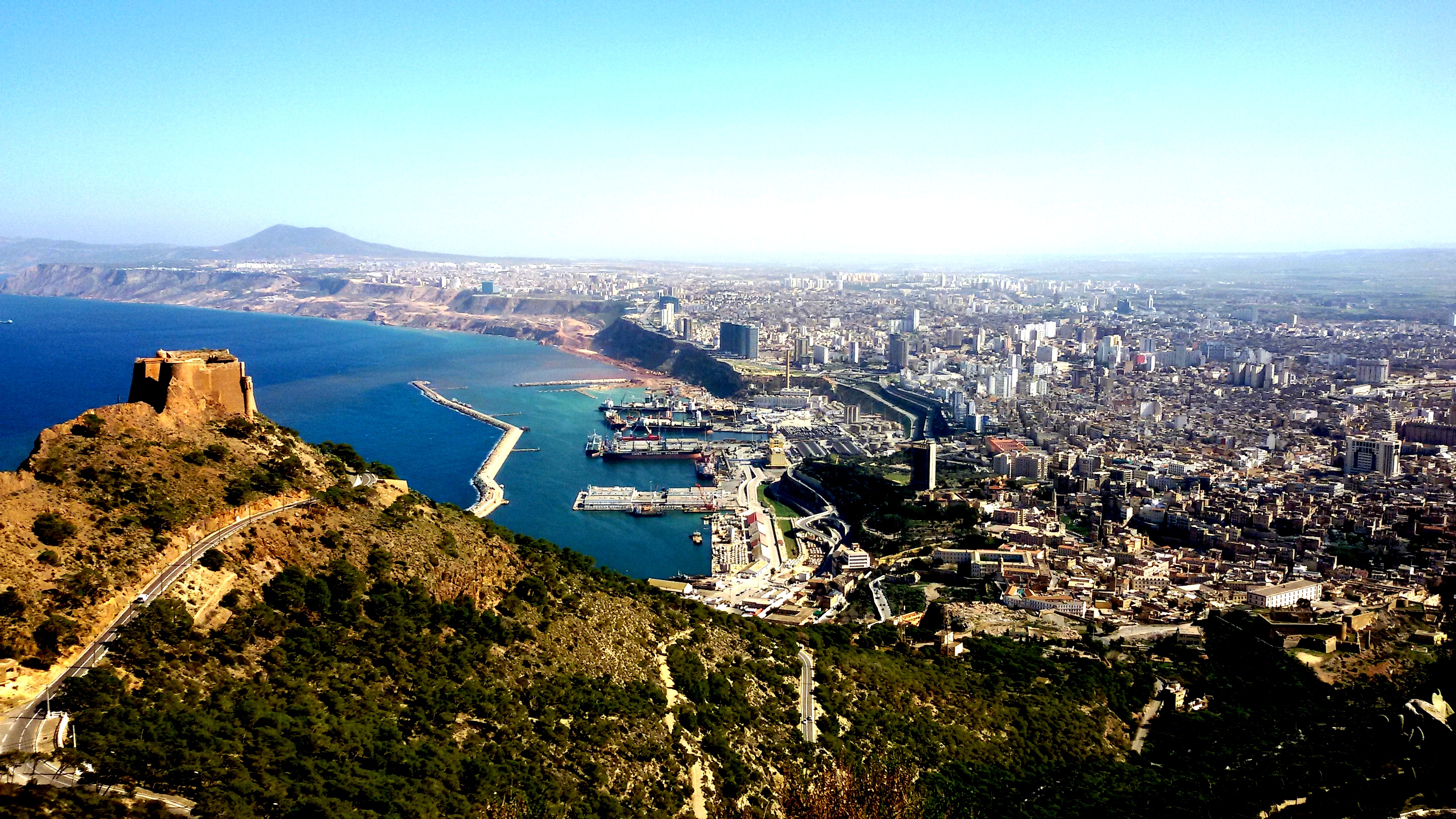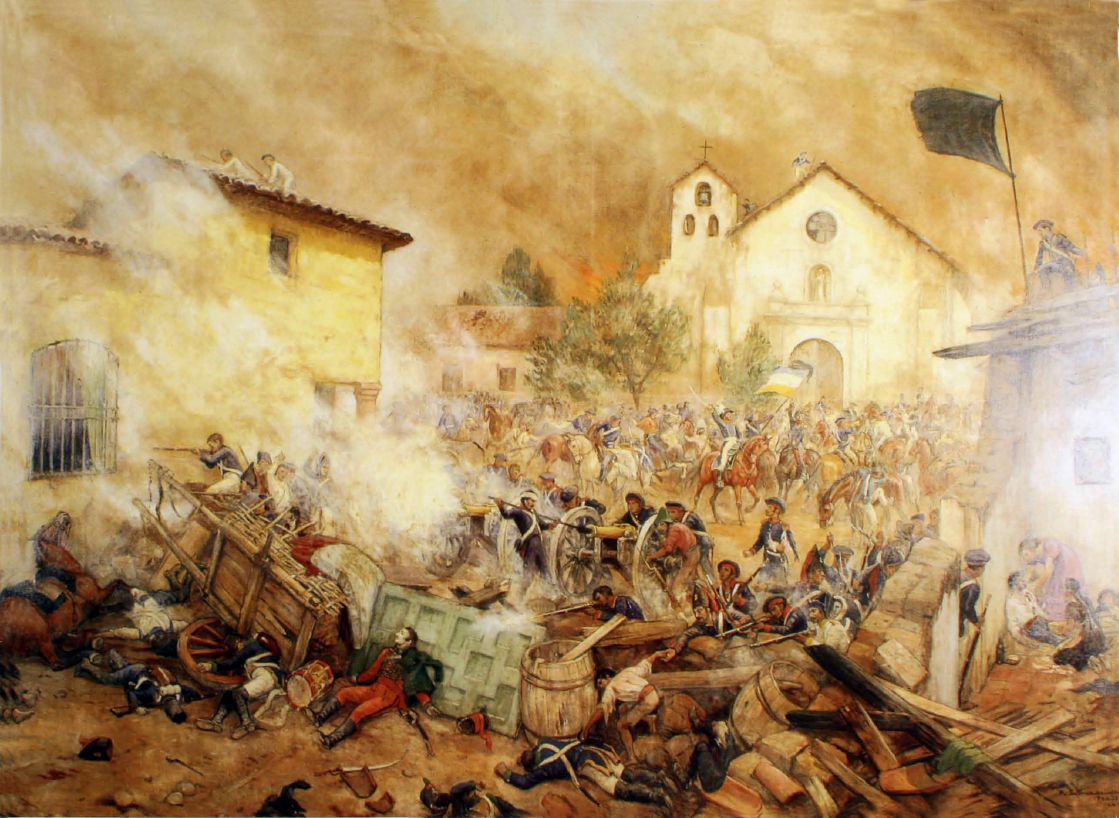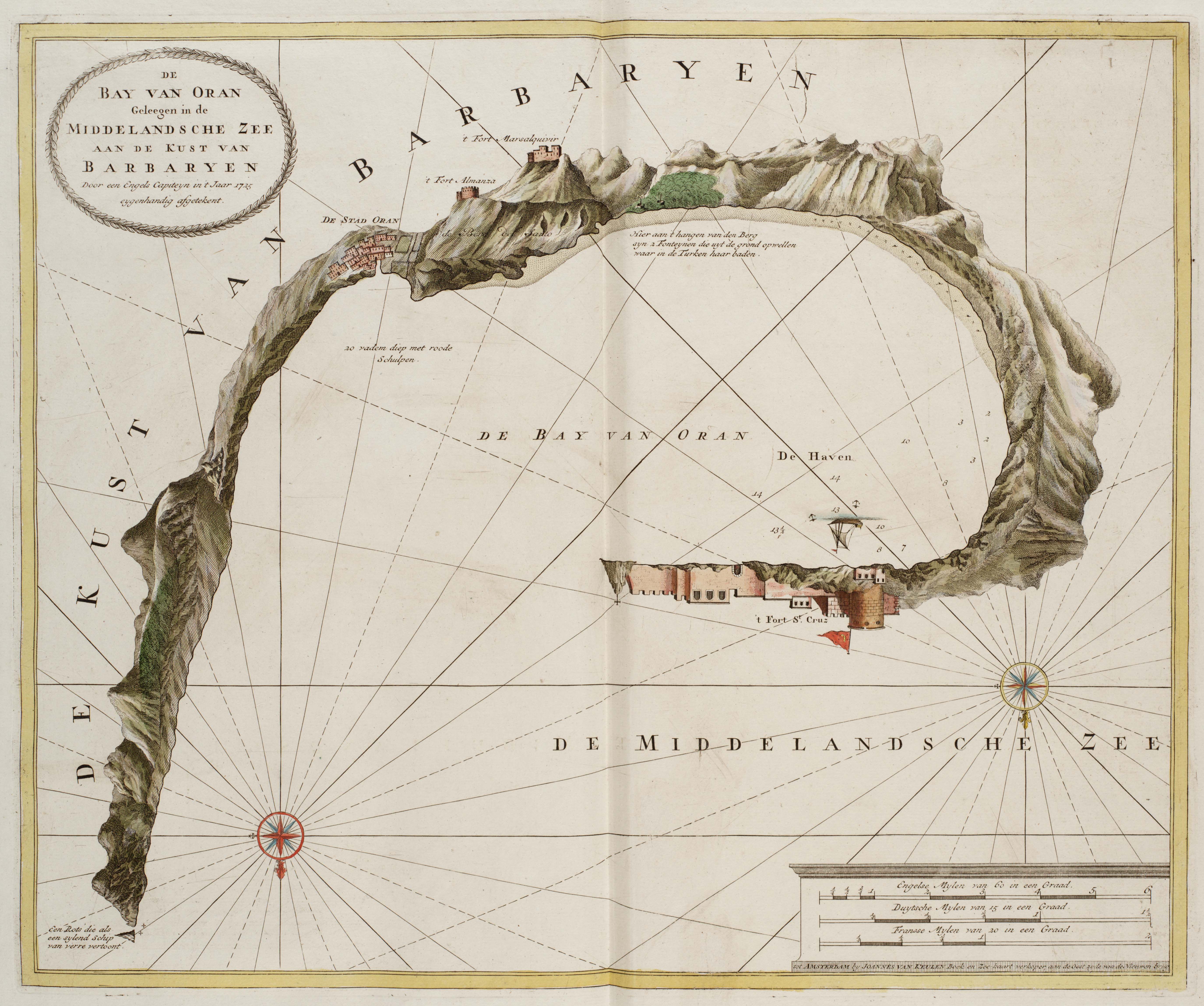|
Siege Of Oran (1556)
The siege of Oran of 1556 occurred when Ottoman troops from Algiers besieged the Spanish garrison in Oran. The siege, by land and sea, was unsuccessful and had to be lifted in August 1556 when the Ottoman fleet of 40 galleys was recalled for duty in the Eastern Mediterranean. During the time the Ottomans were occupied in the siege, the Moroccans, who were allied with the Spanish, occupied the city of Tlemcen. Notes See also *Sieges of Oran and Mers El Kébir Between April and June 1563 the Regency of Algiers launched a major military campaign to retake the Spanish military-bases of Oran and Mers el Kébir on the North African coast, occupied by Spain since 1505. The sieges of Oran and Mers El Kébir ... {{DEFAULTSORT:Oran 1556, Siege of Sieges involving Spain Sieges involving the Ottoman Empire Conflicts in 1556 Ottoman–Spanish conflicts 16th century in Algeria Suleiman the Magnificent 1556 in the Ottoman Empire History of Oran 1556 in Africa Oran Oran [...More Info...] [...Related Items...] OR: [Wikipedia] [Google] [Baidu] |
Oran
Oran ( ar, وَهران, Wahrān) is a major coastal city located in the north-west of Algeria. It is considered the second most important city of Algeria after the capital Algiers, due to its population and commercial, industrial, and cultural importance. It is west-south-west from Algiers. The total population of the city was 803,329 in 2008, while the metropolitan area has a population of approximately 1,500,000 making it the second-largest city in Algeria. Etymology The word ''Wahran'' comes from the Berber expression ''wa - iharan'' (place of lions). A locally popular legend tells that in the period around AD 900, there were sightings of Barbary lions in the area. The last two lions were killed on a mountain near Oran, and it became known as ''la montagne des lions'' ("The Mountain of Lions"). Two giant lion statues stand in front of Oran's city hall, symbolizing the city. History Overview During the Roman Empire, a small settlement called ''Unica Colonia'' existed in ... [...More Info...] [...Related Items...] OR: [Wikipedia] [Google] [Baidu] |
Sieges Involving Spain
A siege is a military blockade of a city, or fortress, with the intent of conquering by attrition, or a well-prepared assault. This derives from la, sedere, lit=to sit. Siege warfare is a form of constant, low-intensity conflict characterized by one party holding a strong, static, defensive position. Consequently, an opportunity for negotiation between combatants is common, as proximity and fluctuating advantage can encourage diplomacy. The art of conducting and resisting sieges is called siege warfare, siegecraft, or poliorcetics. A siege occurs when an attacker encounters a city or fortress that cannot be easily taken by a quick assault, and which refuses to surrender. Sieges involve surrounding the target to block the provision of supplies and the reinforcement or escape of troops (a tactic known as " investment"). This is typically coupled with attempts to reduce the fortifications by means of siege engines, artillery bombardment, mining (also known as sapping), or the u ... [...More Info...] [...Related Items...] OR: [Wikipedia] [Google] [Baidu] |
1556 In Africa
__NOTOC__ Year 1556 ( MDLVI) was a leap year starting on Wednesday (link will display the full calendar) of the Julian calendar. Events January–June * January 16 – Charles V, having already abdicated as Holy Roman Emperor, resigns the Kingdom of Spain in favour of his son, Philip II, and retires to a monastery. * January 23 – The Shaanxi earthquake, the deadliest earthquake in history, occurs with its epicenter in Shaanxi province, China; 830,000 people may have been killed. * February 5 – Truce of Vaucelles: Fighting temporarily ends between France and Spain. * February 14 ** Akbar the Great ascends the throne of the Mughal Empire at age 13; he will rule until his death in 1605, by which time most of the north and centre of the Indian subcontinent will be under his control. ** Archbishop of Canterbury Thomas Cranmer is declared a heretic. * February 22 ''(approx.)'' – Sophia Jagiellon marries Henry V, Duke of Brunswick-Lüneb ... [...More Info...] [...Related Items...] OR: [Wikipedia] [Google] [Baidu] |
History Of Oran
Oran ( ar, وَهران, Wahrān) is a major coastal city located in the north-west of Algeria. It is considered the second most important city of Algeria after the capital Algiers, due to its population and commercial, industrial, and cultural importance. It is west-south-west from Algiers. The total population of the city was 803,329 in 2008, while the metropolitan area has a population of approximately 1,500,000 making it the second-largest city in Algeria. Etymology The word ''Wahran'' comes from the Berber expression ''wa - iharan'' (place of lions). A locally popular legend tells that in the period around AD 900, there were sightings of Barbary lions in the area. The last two lions were killed on a mountain near Oran, and it became known as ''la montagne des lions'' ("The Mountain of Lions"). Two giant lion statues stand in front of Oran's city hall, symbolizing the city. History Overview During the Roman Empire, a small settlement called ''Unica Colonia'' existed in ... [...More Info...] [...Related Items...] OR: [Wikipedia] [Google] [Baidu] |
1556 In The Ottoman Empire
__NOTOC__ Year 1556 ( MDLVI) was a leap year starting on Wednesday (link will display the full calendar) of the Julian calendar. Events January–June * January 16 – Charles V, having already abdicated as Holy Roman Emperor, resigns the Kingdom of Spain in favour of his son, Philip II, and retires to a monastery. * January 23 – The Shaanxi earthquake, the deadliest earthquake in history, occurs with its epicenter in Shaanxi province, China; 830,000 people may have been killed. * February 5 – Truce of Vaucelles: Fighting temporarily ends between France and Spain. * February 14 ** Akbar the Great ascends the throne of the Mughal Empire at age 13; he will rule until his death in 1605, by which time most of the north and centre of the Indian subcontinent will be under his control. ** Archbishop of Canterbury Thomas Cranmer is declared a heretic. * February 22 ''(approx.)'' – Sophia Jagiellon marries Henry V, Duke of Brunswick-Lüneburg. * M ... [...More Info...] [...Related Items...] OR: [Wikipedia] [Google] [Baidu] |
Suleiman The Magnificent
Suleiman I ( ota, سليمان اول, Süleyman-ı Evvel; tr, I. Süleyman; 6 November 14946 September 1566), commonly known as Suleiman the Magnificent in the West and Suleiman the Lawgiver ( ota, قانونى سلطان سليمان, Ḳānūnī Sulṭān Süleymān) in his realm, was the tenth and longest-reigning Sultan of the Ottoman Empire from 1520 until his death in 1566. Under his administration, the Ottoman Empire ruled over at least 25 million people. Suleiman succeeded his father, Selim I, as sultan on 30 September 1520 and began his reign with campaigns against the Christian powers in central Europe and the Mediterranean. Belgrade fell to him in 1521 and the island of Rhodes in 1522–23. At Mohács, in August 1526, Suleiman broke the military strength of Hungary. Suleiman became a prominent monarch of 16th-century Europe, presiding over the apex of the Ottoman Empire's economic, military and political power. Suleiman personally led Ottoman armies in ... [...More Info...] [...Related Items...] OR: [Wikipedia] [Google] [Baidu] |
16th Century In Algeria
16 (sixteen) is the natural number following 15 and preceding 17. 16 is a composite number, and a square number, being 42 = 4 × 4. It is the smallest number with exactly five divisors, its proper divisors being , , and . In English speech, the numbers 16 and 60 are sometimes confused, as they sound very similar. Sixteen is the fourth power of two. For this reason, 16 was used in weighing light objects in several cultures. The British have 16 ounces in one pound; the Chinese used to have 16 ''liangs'' in one ''jin''. In old days, weighing was done with a beam balance to make equal splits. It would be easier to split a heap of grains into sixteen equal parts through successive divisions than to split into ten parts. Chinese Taoists did finger computation on the trigrams and hexagrams by counting the finger tips and joints of the fingers with the tip of the thumb. Each hand can count up to 16 in such manner. The Chinese abacus uses two upper beads to represent the 5s and ... [...More Info...] [...Related Items...] OR: [Wikipedia] [Google] [Baidu] |
Conflicts In 1556
Conflict may refer to: Arts, entertainment, and media Films * ''Conflict'' (1921 film), an American silent film directed by Stuart Paton * ''Conflict'' (1936 film), an American boxing film starring John Wayne * ''Conflict'' (1937 film), a Swedish drama film directed by Per-Axel Branner * ''Conflict'' (1938 film), a French drama film directed by Léonide Moguy * ''Conflict'' (1945 film), an American suspense film starring Humphrey Bogart * ''Catholics: A Fable'' (1973 film), or ''The Conflict'', a film starring Martin Sheen * ''Judith'' (1966 film) or ''Conflict'', a film starring Sophia Loren * ''Samar'' (1999 film) or ''Conflict'', a 1999 Indian film by Shyam Benegal Games * ''Conflict'' (series), a 2002–2008 series of war games for the PS2, Xbox, and PC * ''Conflict'' (video game), a 1989 Nintendo Entertainment System war game * '' Conflict: Middle East Political Simulator'', a 1990 strategy computer game Literature and periodicals * ''Conflict'' (novel) ... [...More Info...] [...Related Items...] OR: [Wikipedia] [Google] [Baidu] |
Sieges Involving The Ottoman Empire
A siege is a military blockade of a city, or fortress, with the intent of conquering by attrition, or a well-prepared assault. This derives from la, sedere, lit=to sit. Siege warfare is a form of constant, low-intensity conflict characterized by one party holding a strong, static, defensive position. Consequently, an opportunity for negotiation between combatants is common, as proximity and fluctuating advantage can encourage diplomacy. The art of conducting and resisting sieges is called siege warfare, siegecraft, or poliorcetics. A siege occurs when an attacker encounters a city or fortress that cannot be easily taken by a quick assault, and which refuses to surrender. Sieges involve surrounding the target to block the provision of supplies and the reinforcement or escape of troops (a tactic known as "investment"). This is typically coupled with attempts to reduce the fortifications by means of siege engines, artillery bombardment, mining (also known as sapping), or the use ... [...More Info...] [...Related Items...] OR: [Wikipedia] [Google] [Baidu] |
Sieges Of Oran And Mers El Kébir
Between April and June 1563 the Regency of Algiers launched a major military campaign to retake the Spanish military-bases of Oran and Mers el Kébir on the North African coast, occupied by Spain since 1505. The sieges of Oran and Mers El Kébir of 1563 represented a major Hispano-Algerian episode in the larger Ottoman-Habsburg wars of the Mediterranean. The Kingdom of Algiers, the Principalities of Kabyle ( Kuku and Beni Abbes), and other vassal tribes combined forces as one army under Hasan Pasha, son of Hayreddin Barbarossa, and Jafar Catania. The Spanish commander brothers, Alonso de Córdoba Count of Alcaudete and Martín de Córdoba, managed to hold the strongholds of Oran and Mers El Kébir, respectively, until the relief fleet of Francisco de Mendoza arrived to successfully defeat the offensive. Background With the defeat of the Knights of Malta and the conquest of Tripoli by the Ottoman admiral Turgut Reis in 1551, and the fall of Bougie to the governor of Algier ... [...More Info...] [...Related Items...] OR: [Wikipedia] [Google] [Baidu] |
Algeria
) , image_map = Algeria (centered orthographic projection).svg , map_caption = , image_map2 = , capital = Algiers , coordinates = , largest_city = capital , religion = , official_languages = , languages_type = Other languages , languages = Algerian Arabic (Darja)French , ethnic_groups = , demonym = Algerian , government_type = Unitary semi-presidential republic , leader_title1 = President , leader_name1 = Abdelmadjid Tebboune , leader_title2 = Prime Minister , leader_name2 = Aymen Benabderrahmane , leader_title3 = Council President , leader_name3 = Salah Goudjil , leader_title4 = Assembly President , leader_name4 = Ibrahim Boughali , legislature = Parliament , upper_house = Council of the Nation , lowe ... [...More Info...] [...Related Items...] OR: [Wikipedia] [Google] [Baidu] |






